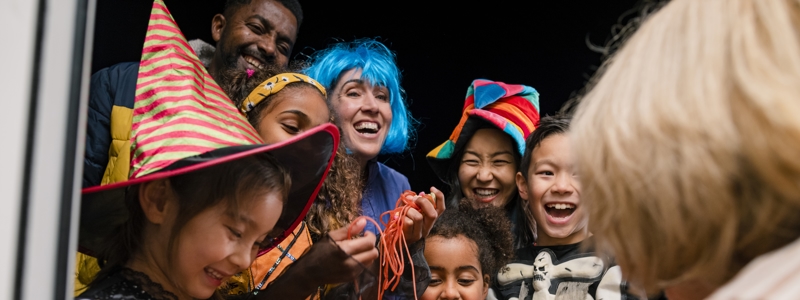Learning a new language is such a valuable skill for any student to acquire and can open up so many opportunities as they head into adulthood. However, mastering new languages can be pretty tricky, meaning it’s easy for students to lose motivation or give up completely. What many students don’t realise is there’s actually lots of fun ways to learn a new language that makes the process so much more enjoyable. Here are five fun ways for students to effectively learn a new language.
1.Watch TV/Films In Another Language
A really simple yet fun way to effectively learn a new language is for students to watch TV shows or movies in another language or with subtitles. It’s a fantastic way for them to learn without really realising it – and just the exposure to the language alone is sure to help them come on leaps and bounds when it comes to learning it. Hearing the language will also help them get a feel for the sounds, patterns, and rhythms of the language as well as learn words used regularly and how to pronounce them properly.
2. Use Fun Language Apps And Games
Making use of what technology has to offer is a really enjoyable way for students to get involved in learning another language. There are many fun and interactive language apps and games out there that can also double up as a useful learning tool. We highly recommend Duolingo which is a fantastic app designed to help users memorise new words and phrases in an instant and is super easy to follow. Choose from Spanish, French, German, Portuguese, Italian, Irish, Dutch, Danish, Swedish or English. Find out more on Duolingo. There’s even some flashcard apps that students can download to their phone, which basically act as a virtual phrasebook. When they have a spare ten minutes, students can flick through a few cards to keep their vocabulary fresh. Here’s the ones we recommend:
3 Listen To Music
No list of fun ways to learn a language would be complete without listening to music in a different language being on it! Students can easily find artists in the language they’re learning, all they have to do is search for some playlists on music platforms such as Spotify or Apple Music – there should be a whole load of options worth exploring. We recommend students really try to actively listen to the music and after hearing a song a few times, take the initiative to look at the lyrics and the meaning. Before they know it, they’ll be singing a song in a different language and know what they’re singing about too!
4. Label Everyday Objects
Even though on its own it’s not going to help students master a language entirely- a fun and effective way to learn everyday vocabulary in another language is by labelling objects around the house using sticky notes. This can be anything like the mirror, fridge or hoover – it makes learning new words interesting and even more likely to be remembered.
5. Change Phone And Social Media Language Settings
Finally, we know how much time many students spend on their phone or on social media – so what more of an effective way to learn a new language than by changing all technology settings to the language they’re learning? This way students are forced to use the target language every time they use their phone or tablet. Eventually, they should be able to learn all the keywords they need to get to text messages, contact lists, emails and social media apps. We bet it won’t be long before they’ll be swiping and tapping their device as quickly and easily as they did in their native language!




